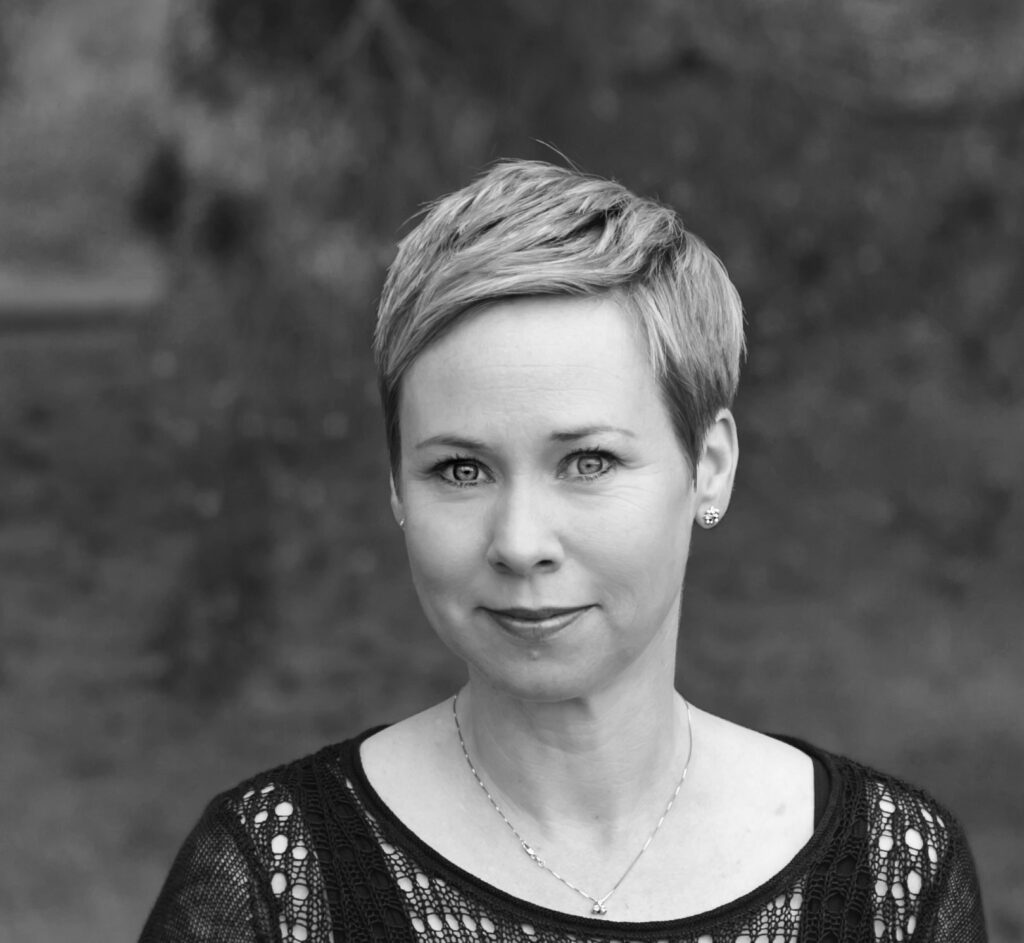
By Tiffany Quay Tyson
In elementary school, I sometimes[1] read novels behind my math book. The teacher would write multiplication tables on the chalkboard or drone on about common denominators while I was fully immersed in some story by Lois Duncan or Louise Fitzhugh or Judy Blume. What was the point of memorizing multiplication tables when you could buy a calculator at the dollar store? Math was busy work. Novels were transcendent.
Even in college, I didn’t believe I would ever need math skills beyond balancing a checkbook and calculating a restaurant tip. I was so certain of this that I took college algebra, my only math requirement, at a junior college the summer before I moved into the dorms at Delta State University. I didn’t want my college experience sullied by something as dull and useless[2] as a math class. College was for literature courses and drama club and philosophical discussions and drinking beer with cute boys. Why would I devote any time to memorizing equations and solving for X?
Well, more than thirty years later, I’m a writer who uses math.[3] I calculate and recalculate the ages of my characters in any given scene. I use math to keep track of timelines in relation to historical and fictional events. I even use it to calculate the percentage of the story that passes between the introduction and resolution of plot complications. In fact, I can’t seem to find any part of the writing process that doesn’t require math.
Here are a few examples.
- Two girls commit a crime in the midst of a large cicada emergence. If the cicadas hatch in 1989 and the girls need to be old enough to have some independence, yet young enough to avoid immediate suspicion, what is the narrow range of years in which these girls might be born? Now, how old will they be when cell phone ownership becomes ubiquitous?
- Character A is driving from Denver, Colorado, to Jackson, Mississippi. If she sticks mostly to major roadways and travels at an average speed of fifty miles per hour, stopping for a total of twelve hours to eat and sleep and gas up the car and replenish her coffee, how long will it take her to complete the trip?
2a. Now, refigure after adding one or more of the following complications:
- A blinding snowstorm in eastern Colorado.
- A flat tire on a deserted stretch of highway in the middle of the night.
- An outstanding warrant that forces her to avoid the state of Texas.
- A jealous ex-boyfriend who tracks her down in Arkansas and sends her on a circuitous detour past the site where, at the age of eight, she first dumped a packet of peanuts into a bottle of Coca-Cola on a fishing trip with her father, a memory that causes her to stop and weep and eat a pack of Nabs and number her regrets.[4]
- A woman discovers her birth certificate and social security number belong to a dead girl. The woman decides to reconnect with her long-estranged mother to find out who she really is and why she has been living under a false identity for most of her life. How many outlandish theories will the reader accept before tossing the book across the room in disgust?[5]
You know what these are? These are word problems. This is algebra.[6]
For much of my life, I believed storytelling was primarily about language and memory and imagination. Those things matter—a lot—but stories must also be logical and believable. If someone reads a story and says, “well, that doesn’t add up,” the story has failed. Stories must, like an equation, be balanced. When the writer has done her job, the reader should feel the story could come to no other conclusion. Or, as Aristotle[7] put it, story endings must be “surprising, yet inevitable.” It has taken me years to grasp this.
I love stories so much that I still sometimes believe writing them should be as easy as reading them. I want writing to feel like magic, like divine inspiration, like joy. I want writing to be as transcendent as reading, but most days writing fiction is hard work—every bit as hard as those math classes I struggled through, and often in the same way. I know now that all the pretty sentences in the world won’t save a story that doesn’t add up. Writing fiction is like solving for X, where X is that “surprising, yet inevitable” conclusion and the equation to solve for X is some complex combination of premise, character, setting, desire, conflict, resolution, etc.
When I’m working on a novel, I often feel the same dread I used to experience when the teacher would write a complex equation on the board and ask me to solve it. My heart constricts, my palms sweat, my brain gets sluggish. I know I can figure it out, but I also know it will take me so much longer than it should. I will come to the wrong conclusion many times before I come to the right one. And I have to wonder, would I be a better writer if I’d paid more attention in all those math classes?[8]
When I was younger, I believed algebra and other math classes were a waste of my time. Writing novels has taught me otherwise. The surprising, yet inevitable fact is that math skills are critical in storytelling. Perhaps less surprising, I have also come to the inevitable conclusion that my younger self was kind of an idiot.[9]
Now, I’m off to solve for X.[10]
[1] constantly
[2] difficult and humiliating
[3] ALL. THE. TIME.
[4] Counting regrets is also math!
[5] If anyone has figured this one out, please contact me right away.
[6] Or something like it.
[7] A pretty math-y guy.
[8] Or, at least, a more efficient writer.
[9] Dear math teachers, I am so, so sorry!
[10] Slowly, painfully write my novel.

Tiffany Quay Tyson
Author of the The Past is Never, winner of the 2018 Willie Morris Award for Southern Fiction, the 2018 Janet Heidinger Kafka Prize, the 2019 Mississippi Institute of Arts and Letters Award for Fiction, and the Mississippi Library Association’s Mississippi Author Award for Adult Fiction. Author of Three Rivers, a novel. Shorter work at McSweeney’s Internet Tendency, The Rumpus Funny Women, The Belladonna Comedy, Slackjaw, Smokelong Quarterly and more.

One response to “Solving for X: Word Problems for Novelists”
Such an informative and fun read, loved the cicada storm of 1989. Totally relatable.